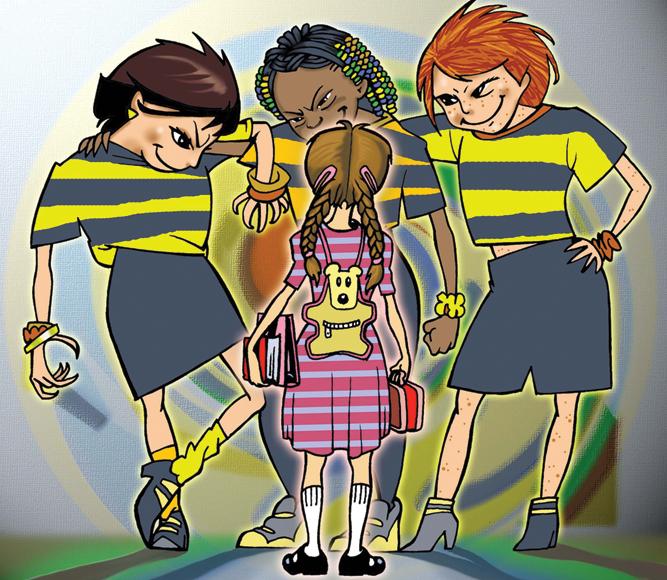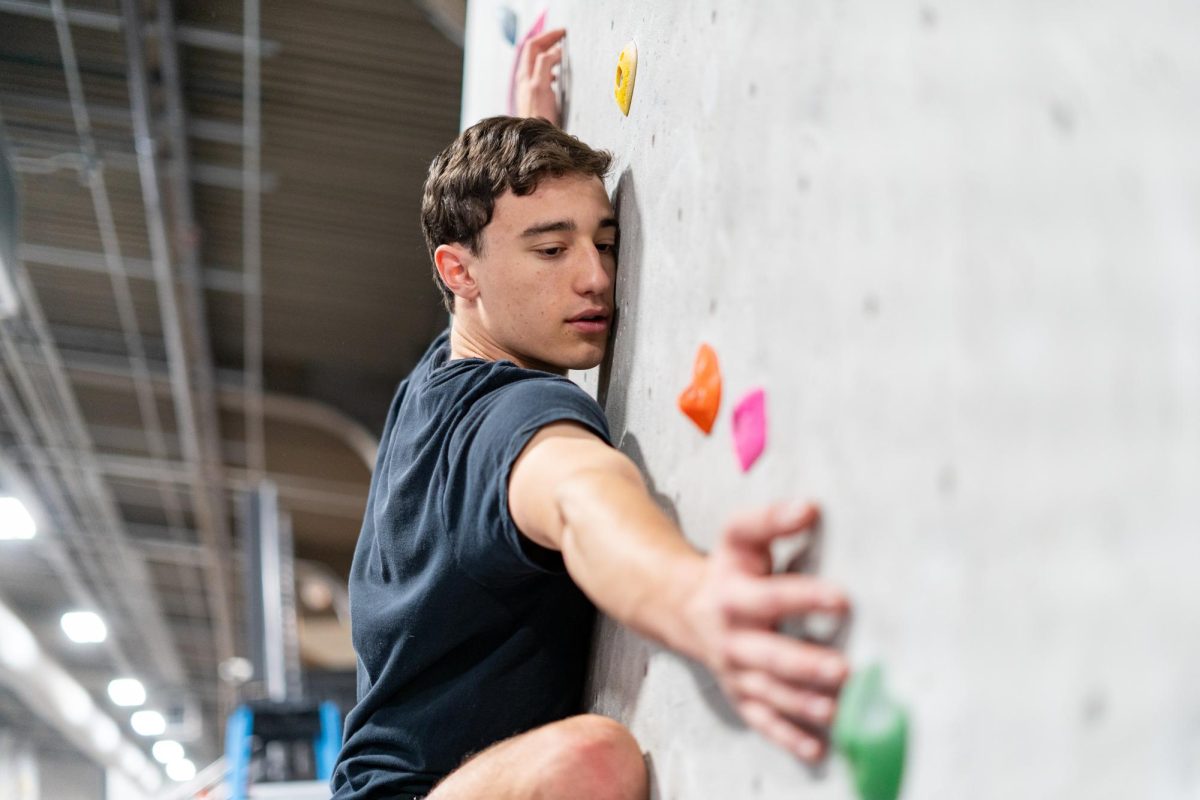Popularity: the fast track to nowhere
July 8, 2014
One aspect of grade school years made the experience a little more difficult — and it definitely wasn’t the schoolwork.
Children everywhere change the way they dress, talk or have fun in order to fit in during their school years. At the time, being “cool” may have seemed like the only thing that mattered but, years later, some adults are grateful they did not involve themselves in the popular crowd when they were younger, even if it did mean sacrificing their “coolness.”
In June 2014, Joseph P. Allen, a psychology professor at the University of Virginia, published a study on children who were called “cool” by their peers during childhood and early adolescence. The study appeared in the June issue of the journal Child Development.
Allen assessed 184 seventh and eighth graders annually over a three-year period and obtained follow-up data once the subjects were in their 20s. The study showed that after a few years of being in the limelight, the children’s social status eventually went downhill. By their mid-20s, a greater percentage of their problems resulted from drug and alcohol use, compared to those who were less popular in middle school.
While the “cool” kids may be heading down a bad road from a young age, their peers are not always able to understand the long-term negative aspects of popularity — many of the less-popular kids strive to be popular as well.
Dr. Deborah Gilman, a licensed psychologist in Pittsburgh with a specialty in pediatrics, said many of the patients she sees aspire to be “cool.”
“[They] struggle with this dilemma [and] often view the cool kids as those with permissive parents, [who] experiment with alcohol and drugs, have romantic relationships, wear makeup or are attractive,” Gilman said.
These issues are not new to Gilman.
“I have had young adolescents in my practice who often felt bad about their status in middle school, where identity formation peaks, but, as they progressed through high school and began the process of applying to colleges, they saw the popular kids struggling to get accepted to college,” she said.
Although the less-popular kids originally struggled with their social status, they seemed to have come to their senses about popularity once they became older and started to achieve their goals, while the others fell behind.
Elisabeth Tomlin, a therapist who had her own practice in Pittsburgh for two years before moving to Colorado, specializes in treating adolescents and young adults. She has also worked with patients struggling to fit in at school.
Tomlin said she sees a lot of teenagers who struggle to find balance between their social and school lives..
“When you base your identity on being popular, it leaves you susceptible to going with the crowd later in life,” Tomlin said. “It decreases your ability to build independence and a sense of self-industry. Sometimes this leads to criminal behavior, drug abuse, etc.”
Though data show that not every “popular” kid ends up as a troubled adult, the phenomenon is not uncommon.
Both Tomlin and Gilman said parents play the most important role in preventing kids from going down a bad road.
“I would encourage parents to foster creativity and interdependence with their kids. Utilizing an approach of togetherness, versus separateness, would help bridge the gap and support inclusion,” Tomlin said.
Gilman agrees.
“Parents play the largest role in protecting their children from negative influences and helping children understand the importance of building and maintaining friendships based on trust and reciprocity, learning and motivation for success, as well as emotional regulation and problem solving skills,” Gilman said.
Both psychologists also agreed that schools can play a part in helping students with identity issues.
John M. Saras, an assistant principal at Baldwin High School, a local public school in Pittsburgh, said that while schools can help to promote the thought process of being yourself as a student, the “cool kid” mentality will never quite go away.
“All students have different interests, whether it be academically, athletically, extra-curricularly or socially. We need to promote those different interests,” Saras said. “If we promote these different interests, I believe we give all students the opportunity to be successful in whatever pathway they decide as an individual.”
Saras said he notices students at his high school who seem to be occupied with popularity.
“I would not call it the ‘wrong road,’ just a lack of focus,” he said.
Tanner LeBaron Wallace, a Pitt professor in the psychology in education department, said she thinks the “cool” kids can channel their skills into more positive outlets from a young age.
“A lot of ‘cool’ kids have tremendous leadership potential,” Wallace said. “I think cultivating that potential into productive outlets is very, very important.”
Tomlin said she believes that children have the ability to be themselves despite all the pressures school can bring.
“Let’s face it — a kid who can stand up for what he or she believes and show strength of character is the coolest it gets,” she said.



